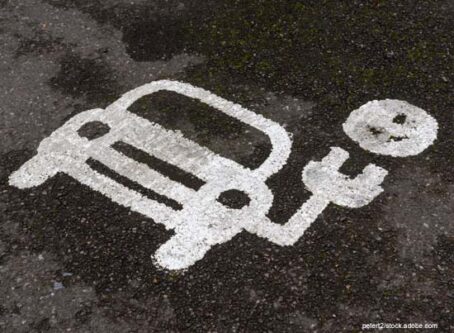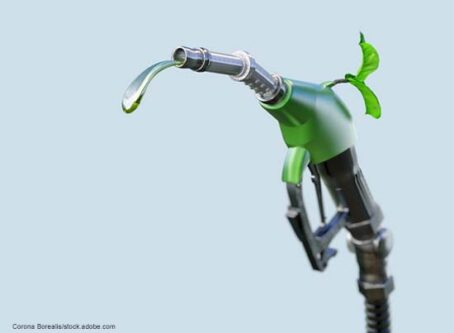Alcohol, cannabis primary drugs detected in impaired drivers
A new report from the National Transportation Safety Board finds that alcohol remains the most common drug in impaired driving incidents. Cannabis is the second most common.
The report also points out that while alcohol is most often detected alone, cannabis was most often detected in combination with alcohol or other drugs.
“We’ve long known about the devastating impact of alcohol-impaired driving, but this report shows that impairment from other drugs, especially cannabis, is a growing concern that needs to be addressed,” NTSB member Tom Chapman said in a statement.
The study analyzed toxicological data from five populations of drivers, including drivers arrested for impaired driving and fatally injured drivers, from the Orange County, Calif., Crime Laboratory; the Wisconsin State Laboratory of Hygiene, which provided data for two populations of drivers; the New York State Police Forensic Investigation Center; and the San Francisco Office of the Chief Medical Examiner.
Between 71% and 99% of drivers in the five populations studied tested positive for one or more potentially impairing drugs. About half of the drivers tested positive for more than one category of drug.
According to the report, alcohol continues to be the drug with the most detrimental impact on traffic safety.
However, cannabis and other potentially impairing drugs contribute to the problem of impaired driving crashes.
Researchers also found that drug data in national-level databases continue to be unreliable and cannot be used to estimate drug prevalence among drivers.
The NTSB issued the following recommendations to several states:
- Require a warning label on cannabis products advising users to not drive after cannabis use due to its impairing effects.
- Modify laws to allow for oral fluid collection, screening, and testing for the detection of drug use by drivers.
- Allow the use of electronic warrants to obtain biological specimens during impaired driving arrests.
- Enact laws specifying that drivers under the influence of a drug or multiple drugs that may impair driving are considered to be impaired under the definition of drug-impaired driving.
- Assess drug-impaired driving efforts using a tool developed by the National Highway Traffic Safety Administration and, based on the results, apply for NHTSA funds to establish programs to reduce drug-impaired driving.
“Impaired driving leads to tragedy every day on our nation’s roads, but it doesn’t have to,” NTSB Chair Jennifer Homendy said in a statement. “To create a truly safe system — one where impaired driving is a relic of the past — states and federal agencies must implement our recommendations and fast. Further complacency is inexcusable.” LL









